What is an orbital welding machine? Learn about orbital welding machines and operating principles, along with the services Swisstech Schreiner provides to customers on construction and installation of pipeline systems in the pharmaceutical, beverage industry , chemical, biotechnology industry .. .by automatic orbital welding technology.
WHAT IS ORBITAL WELDING MACHINE?
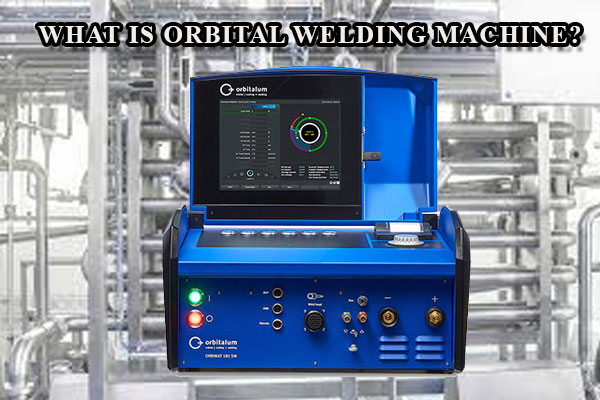
The perfect weld is represented by an orbital welding machine in an evolving automation system.Swisstech Schreiner offers one-of-a-kind and efficient solutions for tube and pipe welding in the manufacturing industry, as well as new solutions for integrating cutting-edge technologies such as orbital welding machines.
For fusion (GTAW) welding of fittings, tubing, and thin wall pipe, factories used orbital welding machines with orbital weld heads. The ideal welding solution for the pharmaceutical, biotechnology, chemical, food and dairy, beverage, and semiconductor industries.
Also, it is used whenever there is a severe lack of workspace. Also, it excels at welding all typical micro fittings. fuses materials like titanium, alloy, and other auto-weldable alloys to stainless steel pipe manufacturing. Argon protection and tungsten insert (TIG) welding are used during the welding process instead of wire feeding.
In the manual welding method, it is difficult for the welder to create welds with high uniformity when the number of welds is too large. Therefore, orbital welding technology was born to overcome the errors that welders may cause during manual pipe welding such as burnt welds, uneven welds, ....
Welding with an orbital welding machine does not require direct welder involvement in the welding process. Orbital welders can produce thousands of uniform welds by repeating the welding process according to a pre-programmed process.
STRUCTURE OF ORBITAL WELDING MACHINE
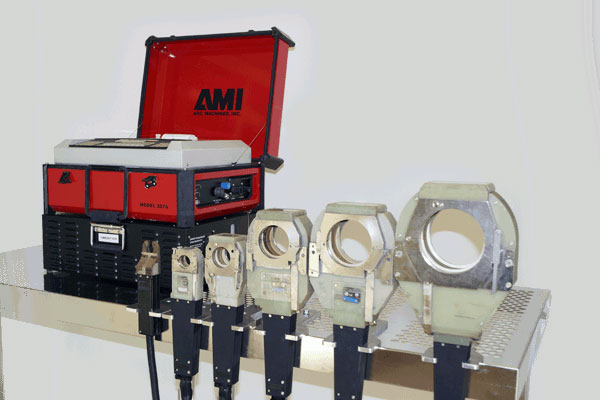
The orbital welding machine is composed of a power control unit, a welding head, a water-cooled unit, and a compensating welding wire feed mechanism (depending on the case). In which, arc length, repetition frequency of pulses in the welding current, flue gas and argon gas are factors that can affect the welding results. In order to have high-quality welds, the mechanic needs in-depth knowledge to adjust the correct usage parameters. Swiss will support customers from supplying the machine to showing them how to use it to achieve the best weld quality.
WHERE DOES IT FIT IN
Orbital welding machines have been utilized to produce piping for a variety of sectors as well as clean-room components for the semiconductor industry since they can produce high-purity welds. The automotive, aerospace, biotechnology, chemical engineering, food and beverage industry, pharmaceutical, power, and shipbuilding industries are just a few that use orbital welding technology.
REQUIREMENTS IN ORBITAL WELDING TECHNOLOGY PROCESS
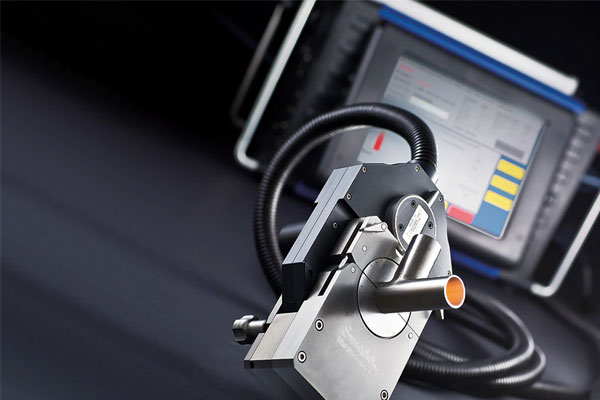
Welding amperage needs to be continuously controlled to result in uniform welds. Pipe thicknesses that can be used with orbital welders are over 0.5 mm and up to 4mm. Shielding gas flow can be controlled to provide sufficient shielding gas and equalize pressure inside and outside the tube. The oxygen concentration of the shielding gas stream must be at least 50 parts per million.
During pipe welding, the pipes must be concentric and of the same size. because if the external pressure is higher, it will cause the weld to be concave in or vice versa, making the pipe convex. Control the temperature of the welding part to minimize the possibility of the weld being burned, oxidized, or denatured. material. Limit the discoloration of welded parts, especially when processing stainless steel pipes.
=>> Read more : Various orbital welding machine applications
Even with unusual materials, pieces with a significant wall thickness, small diameters, or hazardous conditions, orbital welding machines can produce reliable welds with high consistency. Thanks to the above factors, the application of orbital welding machines in industries and other fields is increasingly widespread.
While the cost of the necessary equipment is somewhat high (5–10 times as much as conventional equipment), orbital welding machine can provide 2-3 times higher productivity than traditional TIG welding.
Add: ch 4153 reinach and hcm city vietnam
Hotline: (+84) 931 - 386 - 062
Phone: (+84) 931 - 386 - 062 +84931386062 ( zalo / viber / whatsapp )
Email: swiss.tech.schreiner@gmail.com
Other News
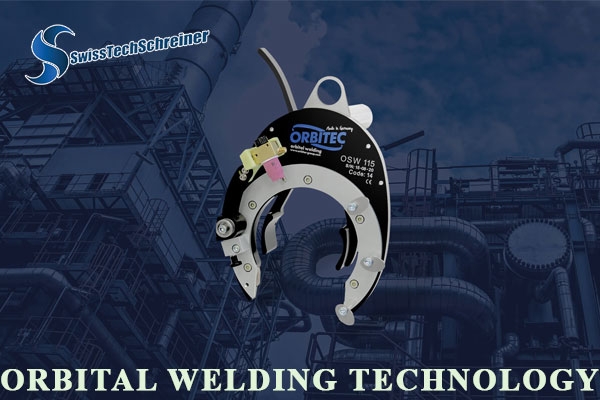
Advantages and Disadvantages Of Orbital Welding Technology
Orbital welding technology has myriad advantages while also navigating the disadvantages that businesses must consider. Join Swisstech Schreiner as we explore the intricate dance of pros and cons that orbit around this futuristic welding technology.
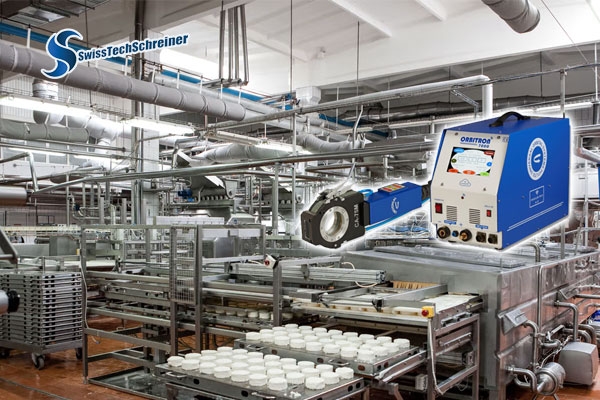
Công nghệ hàn quỹ đạo đảm bảo an toàn thực phẩm
Hãy cùng Swisstech Schreiner tìm hiểu về cách thức vận hành công nghệ hàn quỹ đạo (orbital welding technology) giúp tăng cường hiệu suất sản xuất mà còn đảm bảo chất lượng bề mặt liên kết, giảm thiểu nguy cơ ô nhiễm trong quá trình sản xuất thực phẩm trong các nhà máy thực phẩm qua bài viết sau.
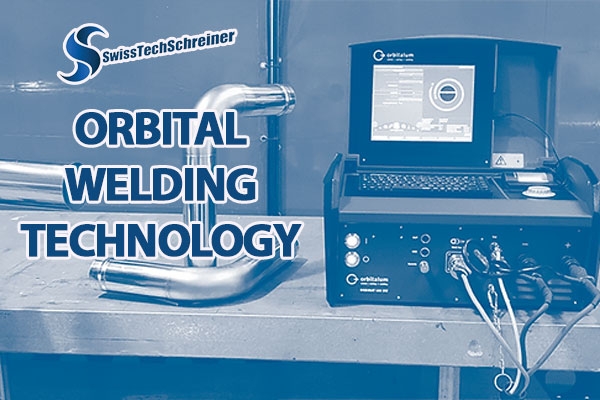
Orbital Welding technology - automatic welding machine service
Do you need to rent, buy, train or modify an orbital welding machine or orbital welding technology services ? Contact our hotline: (+84) 931 - 386 - 062 or swiss.tech.schreiner@gmail.com for detailed information. Or you can fill out the form below to let Swisstech Schreiner know your request.
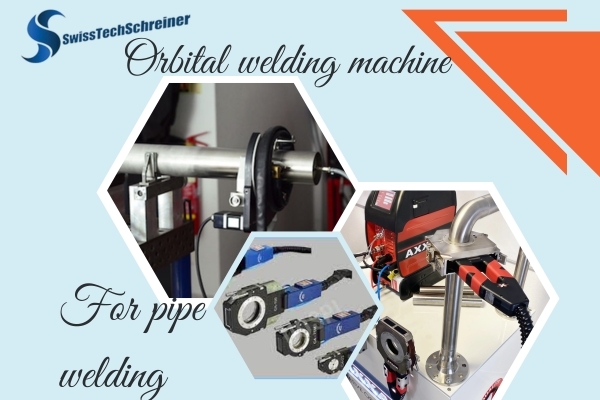
Reasons why orbital welding machines are suitable for pipe welding
Orbital welding machines have revolutionized the pipe welding industry with their precision, efficiency, and unmatched consistency. Join Swisstech Schreiner as we uncover the reasons behind the orbital welding technology growing prevalence and how they could be the key to unlocking new levels of excellence in pipe welding.
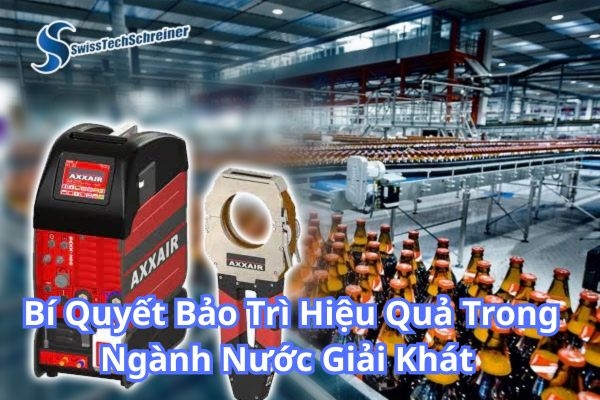
Bí Quyết Bảo Trì Hiệu Quả Trong Ngành Nước Giải Khát Cùng Swisstech Schreiner
Bảo trì đóng một vai trò thiết yếu trong hoạt động sản xuất của ngành nước giải khát. Đảm bảo chất lượng sản phẩm và đáp ứng các tiêu chuẩn nghiêm ngặt về vệ sinh an toàn thực phẩm dành cho người tiêu dùng. Thực hiện công tác bảo trì trong lĩnh vực nước giải khát không hề đơn giản, bởi hệ thống máy móc trong ngành này thường được thiết kế với cấu trúc kỹ thuật phức tạp và yêu cầu vận hành chính xác cao về an toàn thực phẩm và vệ sinh trong quá trình vận hành.
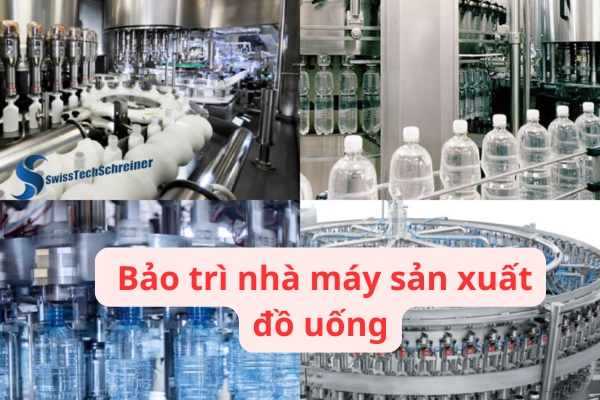
Bảo trì nhà máy sản xuất đồ uống
Bảo trì nhà máy đồ uống đóng vai trò then chốt trong việc đảm bảo dây chuyền sản xuất hoạt động ổn định, giảm thiểu sự cố và tối ưu hóa hiệu suất vận hành.
